A sweeping sheerline, together with ample “rocker,” or bottom curvature, give the McKenzie drift boats the ability to deftly run whitewater such as Marten’s Rapids on the namesake river in central Oregon.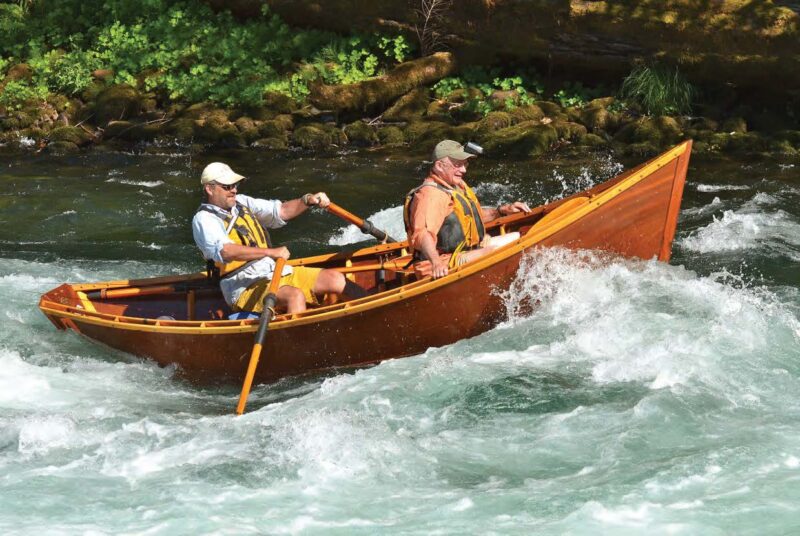 LILLIAN HOWARD/WEST COAST ACTION PHOTOS
LILLIAN HOWARD/WEST COAST ACTION PHOTOS
Join The Conversation
We welcome your comments about this article. To include a photo with your remarks, click Choose File below the Comment box.

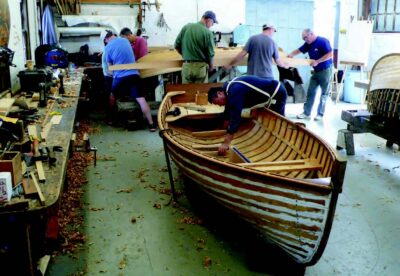
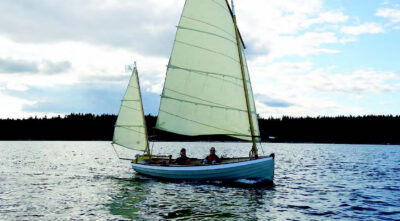
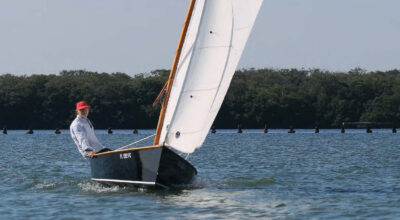
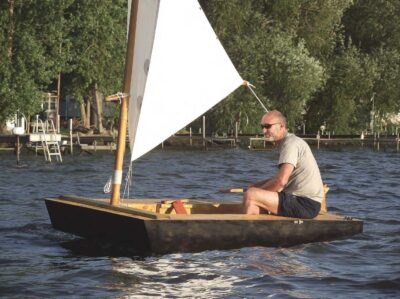
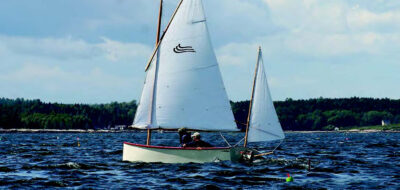
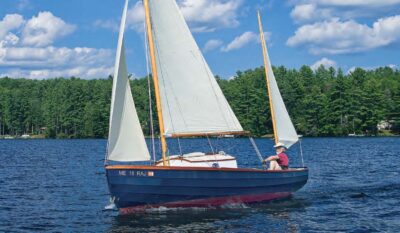
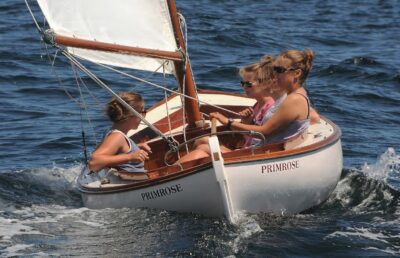
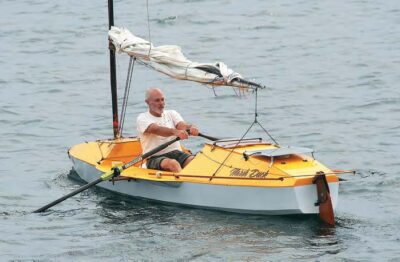
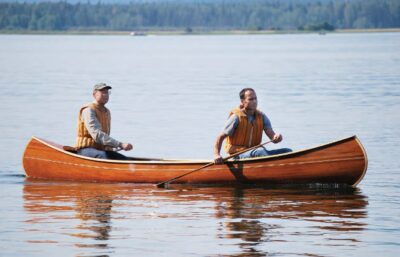
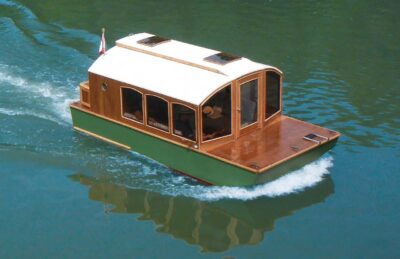
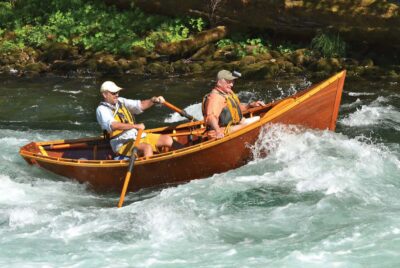

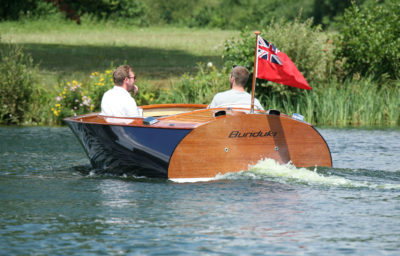
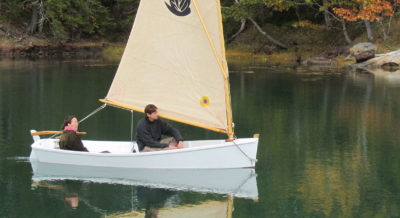
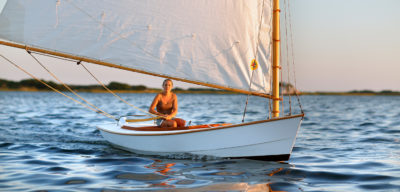


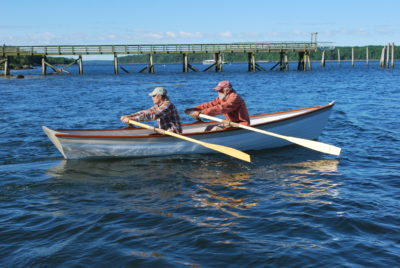
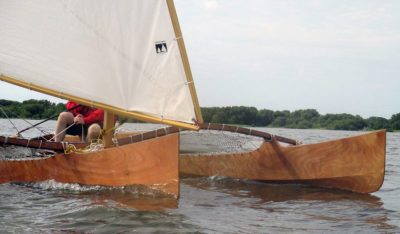
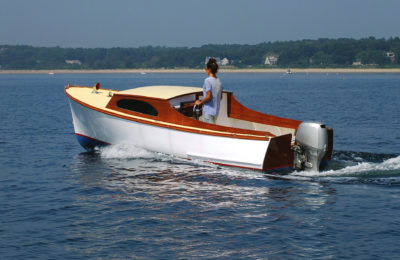
Glad to see an article about this boat style. The McKenzie river is named after my several gŕeats uncle Donald.
When I first saw articles about these boats (probably in How to Build 20 Boats) over 50 years ago, they were photographed going downriver stern first, with the rower facing aft to control the drop and maneuver around boulders, with the sharp bow facing upstream splitting the current. That looked like a proper way to do it. So I’m wondering what the reasoning is for going down bow first.
Thank you for the excellent story. I row wooden racing shells (Pocock, Owen, G. King). There is nothing like wood for making peace-on-water.
Best regards,
Don Costello
Coos Bay, OR
Me again: I hope you meant you used bronze screws, not brass. Brass fastenings have a poor reputation amongst boat builders for two reasons: 1) It’s a weak metal, very easy to twist off when driving screws into difficult woods; 2) the zinc/copper combination sets up self-electrolysis over time, with the zinc vanishing, leaving a weak porous copper behind.